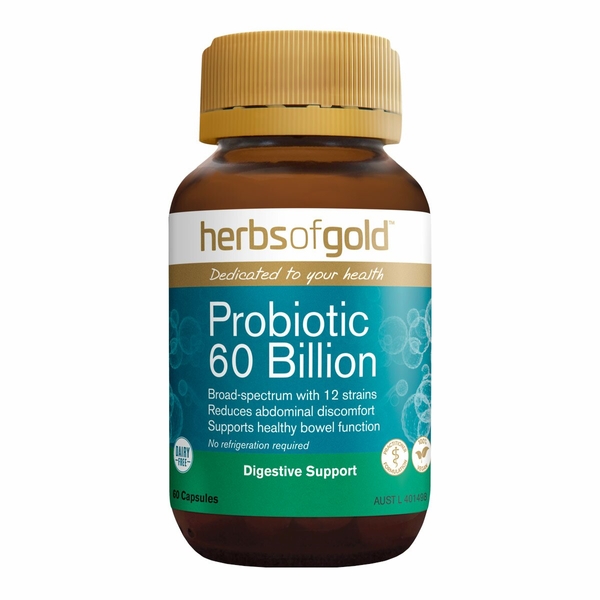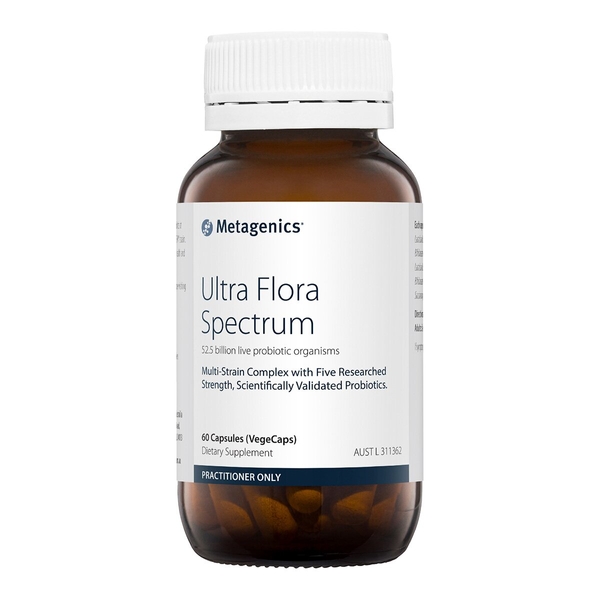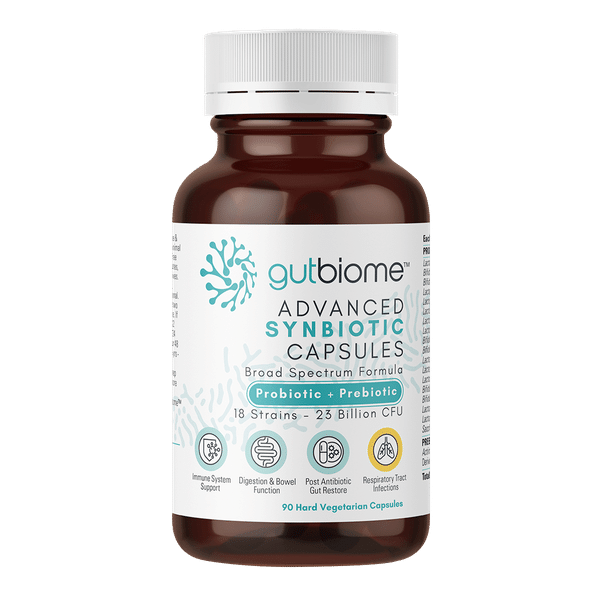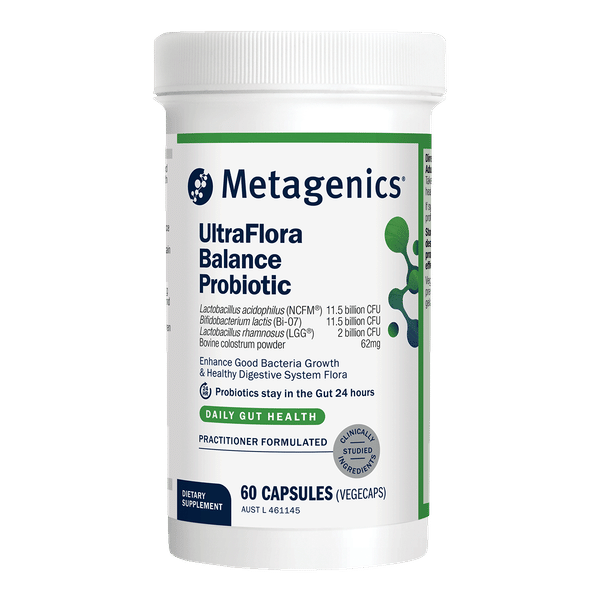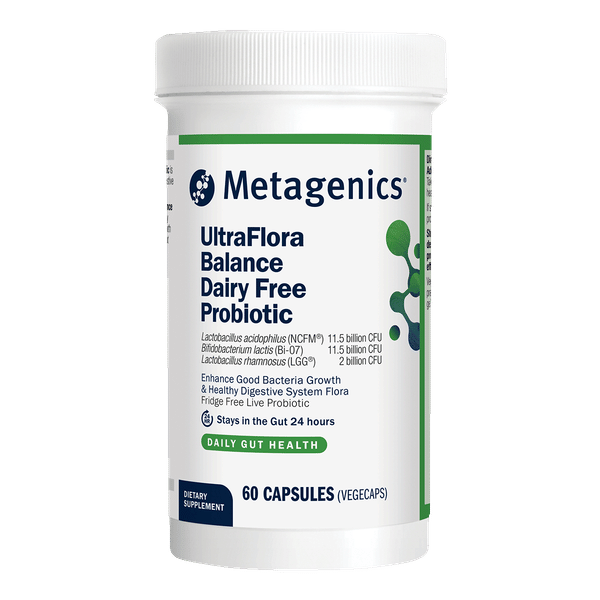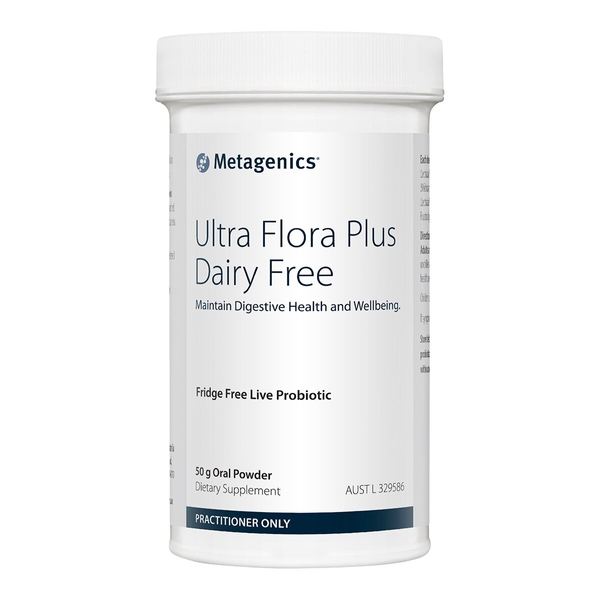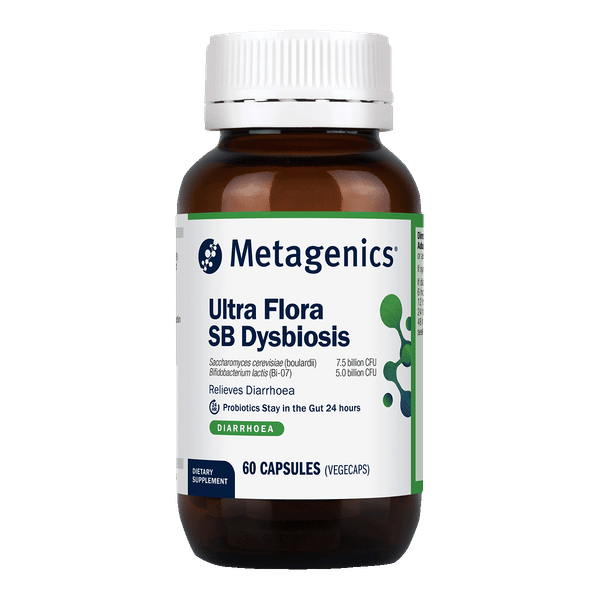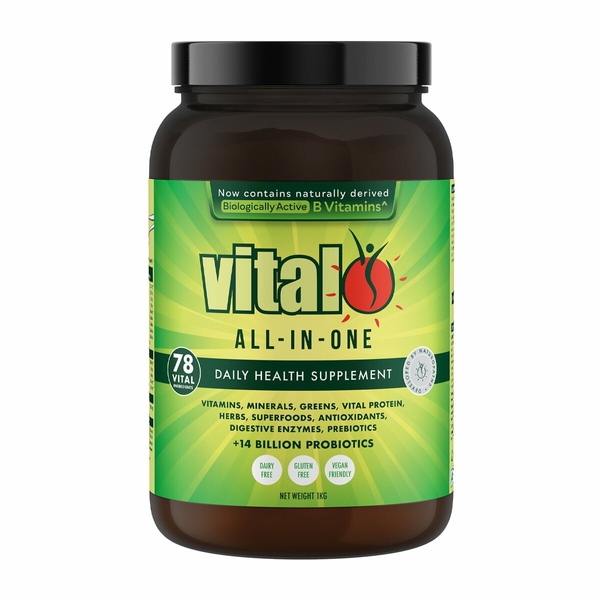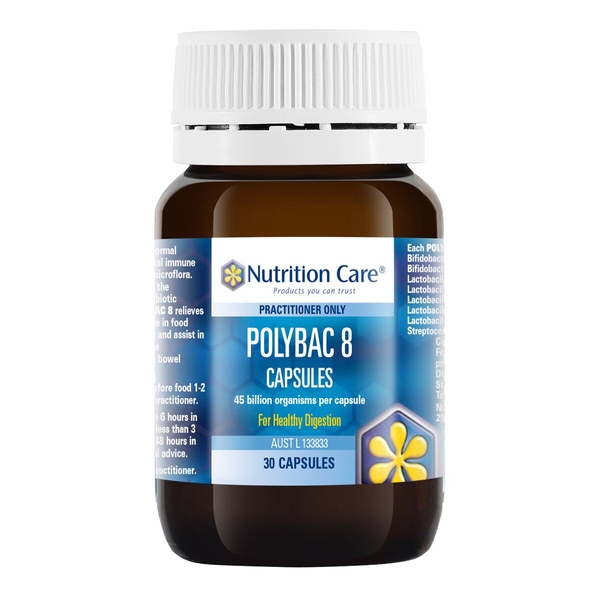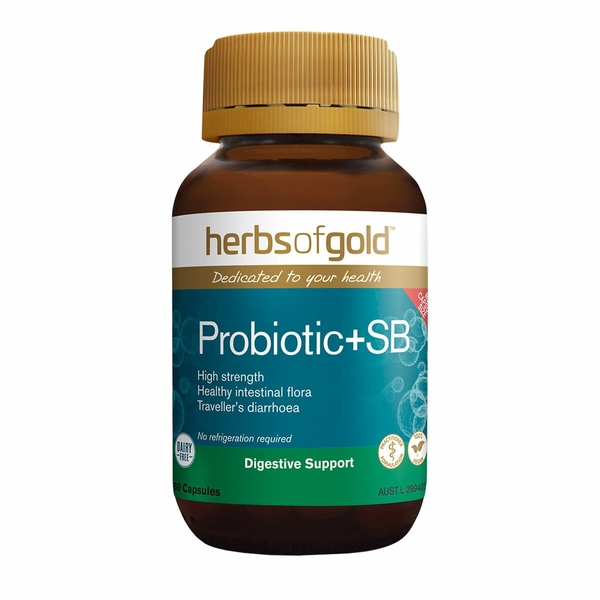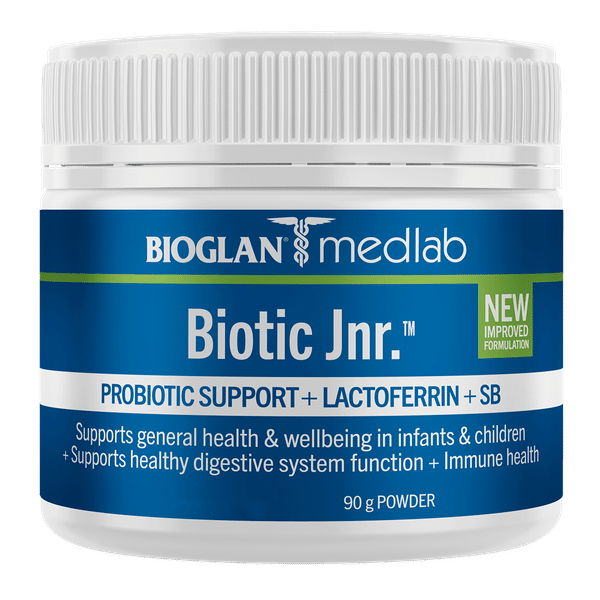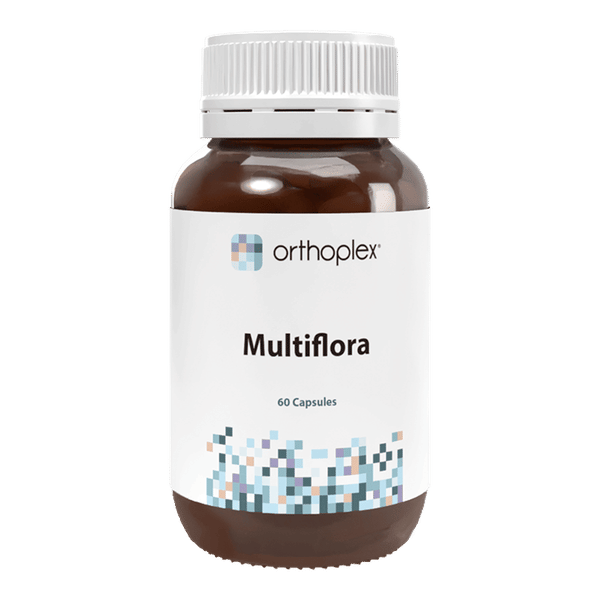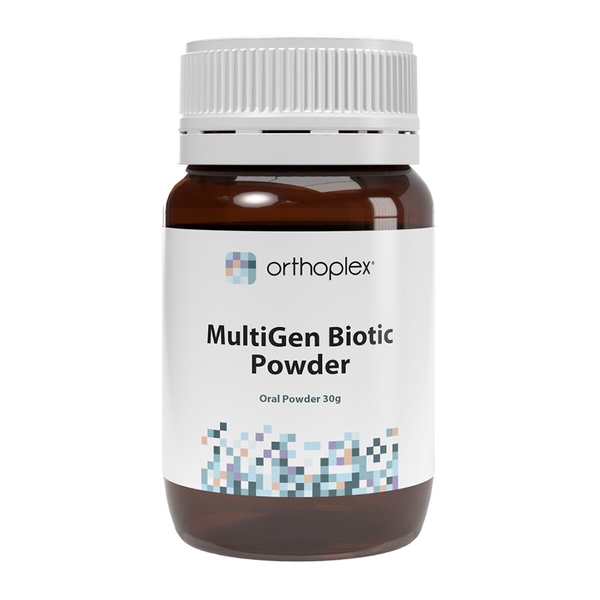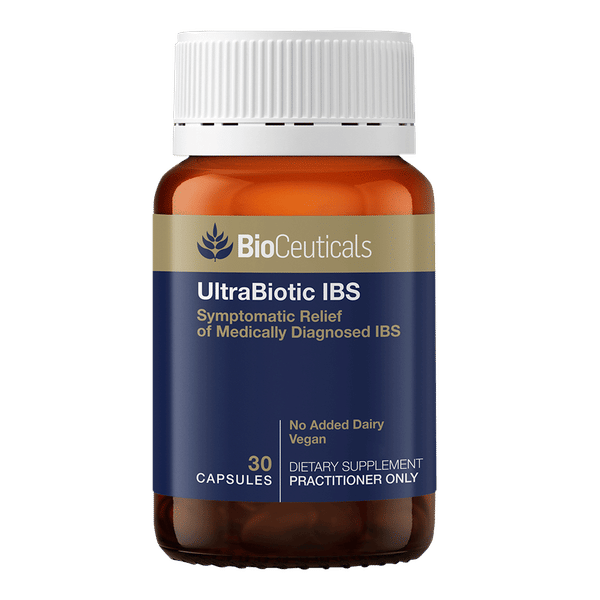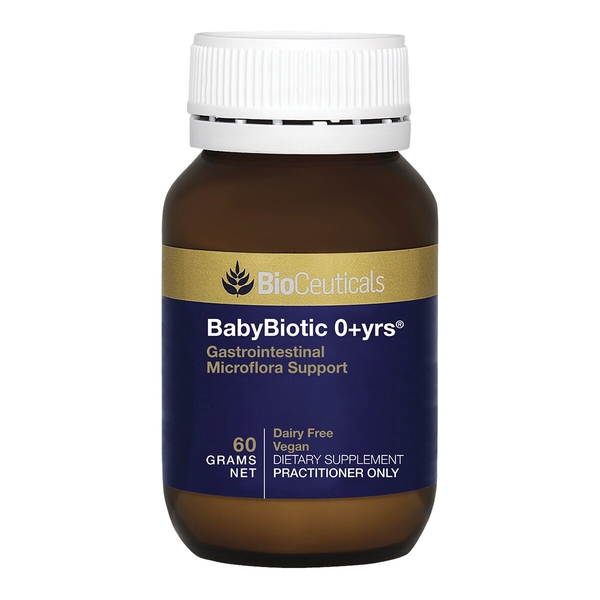
Bifidobacterium animalis subsp. lactis
Scientific names: Bifidobacterium animalis subsp. lactis
Family: Bifidobacteriaceae
Alternate names: B. Lactis, BB-12, BB12, Bifidobacterium Animalis DN-173 010, Bifidobacterium lactis, Bifidobacterium Regularis, Bifidus Regularis, Probiotic, Probiotique
Actions: Antibiotic adverse prevention, Anticancer, Antipouchitis, Antiviral, Gastrointestinal, Immune
Background
Bifidobacterium animalis subsp. lactis (B. lactis) is a type of probiotic ("good" bacteria) that lives in the intestines. It produces lactic and acetic acid.
"Good" bacteria such as B. lactis can help break down food, absorb nutrients, and fight off "bad" organisms that might cause diseases. B. lactis is a subspecies of B. animalis. It's found in the human gut and used in probiotic supplements.
People use B. lactis for excessive crying in infants (colic), constipation, irritable bowel syndrome (IBS), and respiratory tract infections. It is also used for dental cavities, hay fever, diarrhea, and many other conditions, but there is no good scientific evidence to support many of these uses. There is also no good evidence to support using B. lactis for COVID-19.
Bifidobacterium animalis subsp. lactis is sometimes listed as Bifidobacterium lactis (or B. lactis) on product labels. Don't confuse B. lactis with other probiotics, or with fermented food products such as fermented milk, kefir, or yogurt. These are not the same.
"Good" bacteria such as B. lactis can help break down food, absorb nutrients, and fight off "bad" organisms that might cause diseases. B. lactis is a subspecies of B. animalis. It's found in the human gut and used in probiotic supplements.
People use B. lactis for excessive crying in infants (colic), constipation, irritable bowel syndrome (IBS), and respiratory tract infections. It is also used for dental cavities, hay fever, diarrhea, and many other conditions, but there is no good scientific evidence to support many of these uses. There is also no good evidence to support using B. lactis for COVID-19.
Bifidobacterium animalis subsp. lactis is sometimes listed as Bifidobacterium lactis (or B. lactis) on product labels. Don't confuse B. lactis with other probiotics, or with fermented food products such as fermented milk, kefir, or yogurt. These are not the same.
Safety Safety definitions
When taken by mouth: B. lactis is likely safe. It's been used safely alone and together with other probiotics for up to one month. Some people might experience gas and bloating from probiotics, but B. lactis seems to be well-tolerated.
Children: B. lactis likely safe for most children when taken by mouth for up to 8 months. It might cause diarrhea in some children. However, there isn't enough reliable information to know if B. lactis is safe for very small premature infants.
Weakened immune system: Some probiotics have caused blood infections in a small number of people with weakened immune systems. If you have a weakened immune system, talk with your healthcare provider before taking B. lactis.
Special Precautions & Warnings:
Pregnancy and breast-feeding: There isn't enough reliable information to know if B. lactis is safe to use when pregnant or breast-feeding. Stay on the safe side and avoid use.Children: B. lactis likely safe for most children when taken by mouth for up to 8 months. It might cause diarrhea in some children. However, there isn't enough reliable information to know if B. lactis is safe for very small premature infants.
Weakened immune system: Some probiotics have caused blood infections in a small number of people with weakened immune systems. If you have a weakened immune system, talk with your healthcare provider before taking B. lactis.
Effectiveness
NatMed Pro rates effectiveness based on scientific evidence according to the following scale: Effective, Likely Effective, Possibly Effective, Possibly Ineffective, Likely Ineffective, Ineffective, and Insufficient Evidence to Rate.
Possibly effective Effectiveness definitions
- Excessive crying in infants (colic). Giving infants B. lactis by mouth seems to help reduce crying from colic.
- Constipation. Taking B. lactis by mouth seems to help relieve constipation.
- A long-term disorder of the large intestines that causes stomach pain (irritable bowel syndrome or IBS). Taking B. lactis by mouth seems to help relieve symptoms of IBS. But it's not clear if taking it together with other probiotics helps.
- Infection of the airways. Taking B. lactis by mouth might help prevent airway infections such as the common cold in otherwise healthy people. But it might not help people who have other serious health issues.
Possibly ineffective Effectiveness definitions
- Cavities. Taking B. lactis by mouth doesn't seem to prevent cavities in young children.
Dosing & administration
In adults, B. lactis has most often been taken by mouth alone or together with other probiotics in doses of up to 12.5 billion colony-forming units (CFUs) daily, for up to 6 weeks. In children, B. lactis has most often been taken by mouth alone or together with other probiotics. Speak with a healthcare provider to find out what dose might be best for a specific condition.
Interactions with pharmaceuticals
Antibiotic drugs
Interaction Rating=Moderate Be cautious with this combination.
B. lactis is a type of friendly bacteria. Antibiotics are used to reduce harmful bacteria in the body. Taking antibiotics along with B. lactis might reduce the effects of B. lactis. To avoid this interaction, take B. lactis products at least two hours before or after antibiotics.
Interactions with herbs & supplements
There are no known interactions with herbs and supplements.
Interactions with foods
There are no known interactions with foods.
Products
View all productsPer capsule:
- Bifidobacterium lactis (BL-04) 32 billion CFU
- Bifidobacterium lactis (BI-07) 750 million CFU
- Bifidobacterium lactis (DSM 15954) 1 billion CFU
- Bifidobacterium animalis ssp. lactis (HN019) 2 billion CFU
- Bifidobacterium animalis spp. lactis 1 billion CFU
- Lactobacillus rhamnosus (HN001) 6 billion CFU
- Lactobacillus rhamnosus GG 5 billion CFU
- Lactobacillus paracasei (LPC-37) 5 billion CFU
- Lactobacillus casei (LC-11) 5 billion CFU
- Lactobacillus acidophilus (LA-14) 1 billion CFU
- Lactobacillus plantarum (LP-115) 1 billion CFU
- Lactobacillus brevis (LBR-35) 250 million CFU
RRP: $88.50$70.80Save: 20%
Create account
Per capsule:
Practitioner product
Per 3 g:
- Bifidobacterium lactis (BL-04) 2 billion CFU
- Bifidobacterium animalis ssp. lactis (HN019) 2 billion CFU
- Lactobacillus rhamnosus GG 10 billion CFU
- Saccharomyces cerevisiae (boulardii) (SB) 2.5 billion CFU
- Actinidia chinensis powder 555 mg
- Lactobacillus plantarum (LP-115) 1.5 billion CFU
- Lactobacillus paracasei (LPC-37) 1 billion CFU
- Lactobacillus acidophilus (LA-14) 1 billion CFU
- Lactobacillus casei (LC-11) 900 million CFU
- Streptococcus thermophilus (ST-21) 600 million
- Bifidobacterium infantis (BI-26) 300 million CFU
- Bifidobacterium bifidum (BB-06) 200 million CFU
- Lactobacillus delbrueckii ssp. bulgaricus (LB-87) lactis 200 million CFU
- Lactobacillus brevis (LBR-35) 200 million CFU
- Lactobacillus salivarius (LS-33) 200 million CFU
- Bifidobacterium breve (BB-18) 200 million CFU
- Bifidobacterium longum (BL-05) 200 million CFU
- Lactobacillus gasseri (LG-36) 100 million CFU
- Lactobacillus reuteri (KP-1E1) 100 million CFU
RRP: $85.00$76.49Save: 10%
Create account
RRP: $50.95$40.77Save: 20%
Create account
Per capsule:
- Bifidobacterium lactis (BL-04) 667 million CFU
- Bifidobacterium animalis ssp. lactis (HN019) 667 million CFU
- Lactobacillus rhamnosus GG 3.33 billion CFU
- Saccharomyces cerevisiae (boulardii) (SB) 833.3 million CFU
- Actinidia chinensis powder 185 mg
- Lactobacillus plantarum (LP-115) 500 million CFU
- Lactobacillus paracasei (LPC-37) 333.3 million CFU
- Lactobacillus acidophilus (LA-14) 333.3 million CFU
- Lactobacillus casei (LC-11) 300 million CFU
- Lactobacillus rhamnosus (HN001) 200 million CFU
- Bifidobacterium infantis (BI-26) 100 million CFU
- Bifidobacterium bifidum (BB-06) 66.7 million CFU
- Lactobacillus delbrueckii ssp. bulgaricus (LB-87) lactis 66.7 million CFU
- Lactobacillus brevis (LBR-35) 66.7 million CFU
- Lactobacillus salivarius (LS-33) 66.7 million CFU
- Bifidobacterium breve (BB-18) 66.7 million CFU
- Bifidobacterium longum (BL-05) 66.7 million CFU
- Lactobacillus gasseri (LG-36) 33.3 million CFU
- Lactobacillus reuteri (KP-1E1) 33.3 million CFU
RRP: $85.00$76.49Save: 10%
Create account
Practitioner product
Practitioner product
Practitioner product
Practitioner product
Per 10 g:
- Bifidobacterium lactis 5 billion CFU
- Arthrospira platensis (Spirulina) 1 g
- Chlorella pyrenoidosa powder 333 mg
- Wheatgrass powder 333 mg
- Inulin (Dietary fibre) 800 mg
- Lactobacillus acidophilus 5 billion CFU
- Bifidobacterium bifidum 3 billion CFU
- Bifidobacterium longum 1 billion CFU
- Cynara scolymus powder 500 mg
- Hordeum vulgare 200 mg
- Malus (Apple) 200 mg
- Brassica oleracea var. acephala (leaf & sprout) powder (Kale) 100 mg
- Ananas comosus (Pineapple) 240 mg
- Spinacia oleracea (Spinach) 67 mg
- Beta glucan 50 mg
- Resveratrol 10 mg
- Ananas comosus (Pineapple oil) 65 mg
- Linum usitatissimum (seed) (Flaxseed) 400 mg
- Oryza sativa (Rice bran) 500 mg
- Pea protein isolate 1 g
- R-alpha lipoic acid 67 mg
- Thiamine hydrochloride (Vitamin B1) 400 µg
- Niacinamide (Vitamin B3) 5.3 mg
- Pyridoxine hydrochloride (Vitamin B6) 567 µg
- Riboflavin (Vitamin B2) 434 µg
- Pantothenic acid (Vitamin B5) 1.7 mg
- Cyanocobalamin (Vitamin B12) 0.8 µg
- Ergocalciferol (Vitamin D) 3.8 µg
- Ascorbic acid (Vitamin C) 333 mg
- d-alpha-Tocopheryl acid succinate 100 mg
- Ubidecarenone (Coenzyme Q10) 8 mg
- Copper gluconate 225 µg
- Potassium phosphate dibasic 104 mg
- Folic acid 67 µg
- Biotin 10 µg
- Silica - colloidal anhydrous 14 mg
- Magnesium citrate 42 mg
- Zinc amino acid chelate 10 mg
- Chromium picolinate 10 µg
- Calcium citrate 132 mg
- Manganese amino acid chelate 1.4 mg
- Selenomethionine 30 µg
- Beta-carotene carotenoids (Vitamin A) 1.7 mg
- Citrus bioflavonoids extract 500 mg
- Citric acid anhydrous 150 mg
- Rosmarinus officinalis powder 68 mg
- Taraxacum officinale ext. 33 mg
- Vaccinium myrtillus powder 200 mg
- Glycyrrhiza glabra powder 67 mg
- Crataegus monogyna ext. 29 mg
- Astragalus membranaceus ext. 67 mg
- Vitis vinifera ext. 67 mg
- Camellia sinensis ext. 67 mg
- Ganoderma lucidum powder 21 mg
- Lentinula edodes powder 21 mg
- Aloe barbadensis ext. 500 mg
- Zingiber officinale powder 67 mg
- Eleutherococcus senticosus ext. 1 g
- Centella asiatica ext. 67 mg
- Withania somnifera ext. 67 mg
- Silybum marianum ext. 67 mg
- Arctium lappa ext. 21 mg
- Rosa canina powder 168 mg
- Lycium barbarum 33 mg
- Beta vulgaris (root) powder (Beetroot) 167 mg
- Daucus carota powder (Carrot) 83 mg
- Carica papaya (Papain) 250 mg
- Lecithin 725 mg
- Laminaria digitara (Kelp) 8 mg
- Natural vanilla flavour
- Natural pineapple flavour
- Thaumatin
- Stevia rebaubiana
- Luo Han Guo (fruit) ext. (Monk fruit)
- Xanthan gum
- Brassica oleracea var. italica powder 150 mg
- Malpighia glabra ext. 267 mg
- Theobroma cacao powder 100 mg
1 kg
RRP: $247.01$160.56Save: 35%
Create account
Per capsule:
- Bifidobacterium lactis 4.5 billion CFU
- Lactobacillus rhamnosus 9 billion CFU
- Lactobacillus acidophilus 7.5 billion CFU
- Lactobacillus plantarum 7.5 billion CFU
- Lactobacillus casei 7.5 billion CFU
- Bifidobacterium longum 4.5 billion CFU
- Lactobacillus salivarius 3 billion CFU
- Streptococcus thermophilus 1.5 billion CFU
Practitioner product
RRP: $38.50$28.88Save: 25%
Create account
RRP: $55.95$44.76Save: 20%
Create account
Per 2 g:
Practitioner product
Per capsule:
- Bifidobacterium animalis ssp. lactis (BI-04) 3 billion CFU
- Lactobacillus rhamnosus (HN001) 5 billion CFU
- Lactobacillus acidophilus (LA-14) 5 billion CFU
- Lactobacillus casei (LC-11) 500 million CFU
- Lactobacillus plantarum (LP-115) 5 billion CFU
- Lactobacillus gasseri (LG-36) 100 million CFU
- Streptococcus thermophilus (ST-21) 500 million CFU
- Bifidobacterium longum (BL-05) 3 billion CFU
- Bifidobacterium breve (BB-18) 2 billion CFU
- Lactobacillus salivarius (LS-33) 400 million CFU
- Bifidobacterium infantis (BI-26) 400 million CFU
- Lactobacillus delbrueckii ssp. bulgaricus (LB-87) lactis 100 million CFU
Practitioner product
Per capsule:
- Bifidobacterium animalis ssp. lactis (BI-04) 2 billion CFU
- Bifidobacterium animalis ssp. lactis (HN019) 2 billion CFU
- Bifidobacterium longum (BB536) 5 billion CFU
- Bifidobacterium breve (M-16V) 3 billion CFU
- Bifidobacterium infantis (M-63) 500 million CFU
- Lactobacillus rhamnosus (HN001) 6 billion CFU
- Lactobacillus paracasei (LPC-37) 5.5 billion CFU
- Lactobacillus salivarius (LS-33) 3 billion CFU
- Lactobacillus casei (LC-11) 3 billion CFU
Practitioner product
Per 1 g:
- Bifidobacterium animalis ssp. lactis (BI-04) 2 billion CFU
- Bifidobacterium longum (BB536) 5 billion CFU
- Bifidobacterium breve (M-16V) 3 billion CFU
- Bifidobacterium infantis (M-63) 500 million CFU
- Lactobacillus rhamnosus (HN001) 6 billion CFU
- Lactobacillus paracasei (LPC-37) 5.5 billion CFU
- Lactobacillus salivarius (LS-33) 3 billion CFU
- Lactobacillus casei (LC-11) 3 billion CFU
Practitioner product
Per capsule:
- Bifidobacterium animalis ssp. lactis (CUL 34) 4.3 billion CFU
- Lactobacillus acidophilus (CUL 21 + CUL 60) 7.4 billion CFU
- Bifidobacterium bifidum (CUL 20) 225 million CFU
- Lactobacillus rhamnosus (CUL 63) 15.6 billion CFU
- Lactobacillus casei (CUL 06) 9.5 billion CFU
- Lactobacillus plantarum (CUL 66) 3.2 billion CFU
- Lactobacillus fermentum (CUL 67) 1.4 billion CFU
- Streptococcus thermophilus (CUL 68) 2.3 billion CFU
- Bifidobacterium breve (BB-18) 1.4 billion CFU
Practitioner product
Practitioner product
Per 1.5 g:
- Bifidobacterium animalis ssp. lactis (CUL 34) 1 billion CFU
- Bifidobacterium breve (M-16V) 1.5 billion CFU
- Bifidobacterium bifidum (CUL 20) 50 million CFU
- Bifidobacterium infantis (M-63) 500 million CFU
- Bifidobacterium longum (BB536) 1 billion CFU
- Lactobacillus rhamnosus GG 1 billion CFU
- Bifidobacterium bifidum (CUL 73) 950 million CFU
- Lactobacillus fermentum (CUL 67) 1 billion CFU
- Cichorium intybus (root) (Chicory)
- Tapioca
- Calcium phosphate
- Zea mays (Corn starch)
- Corn maltodextrin
- Potato maltodextrin
Practitioner product
vital.ly has licensed monographs from TRC Healthcare.
This monograph was last reviewed on 14/02/2025 11:00:00 and last updated on 29/05/2022 02:51:57. Monographs are reviewed and/or updated multiple times per month and at least once per year.
Natural Medicines disclaims any responsibility related to medical consequences of using any medical product. Effort is made to ensure that the information contained in this monograph is accurate at the time it was published. Consumers and medical professionals who consult this monograph are cautioned that any medical or product related decision is the sole responsibility of the consumer and/or the health care professional. A legal License Agreement sets limitations on downloading, storing, or printing content from this Database. No reproduction of this monograph or any content from this Database is permitted without written permission from the publisher. It is unlawful to download, store, or distribute content from this site.

